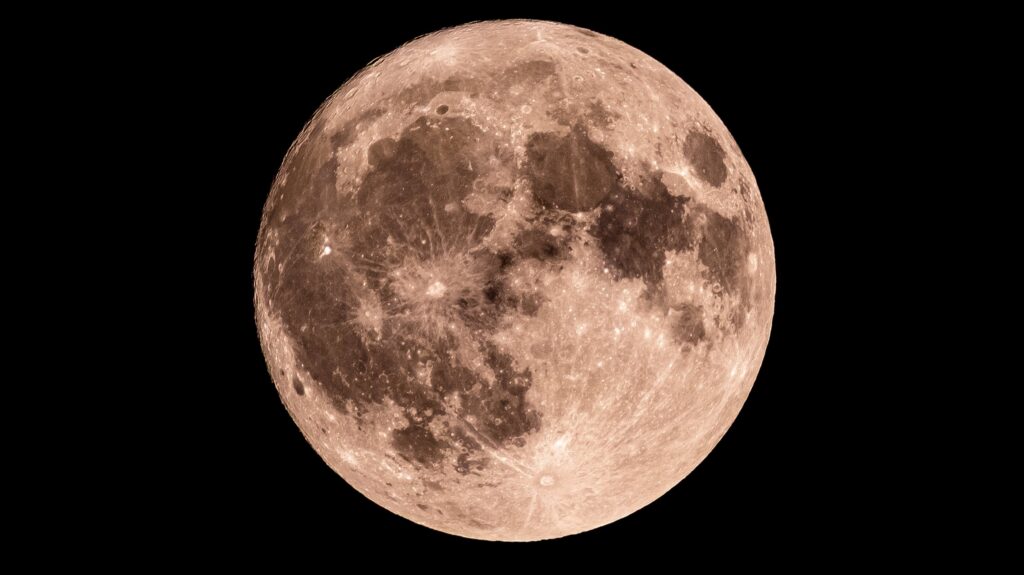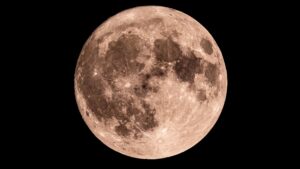
The lunar phase on August 4, 2025, is a Waxing Gibbous, with the moon illuminated at approximately 77%. This stage marks the 11th day of the lunar cycle, which spans about 29.5 days, according to NASA. As the lunar cycle progresses, the moon’s visibility increases, providing an excellent opportunity for stargazers to observe various lunar features.
In tonight’s sky, viewers can expect to see notable landmarks on the moon’s surface. Using the naked eye, individuals may spot the Copernicus Crater, Mare Tranquillitatis (Sea of Tranquility), and Mare Crisium (Sea of Crises). For those with binoculars, the Posidonius Crater, Mare Nectaris (Sea of Nectar), and Endymion Crater come into clearer view. A telescope will reveal even more details, such as Rima Arladaeus, the Descartes Highlands, and the landing site of Apollo 12.
Understanding Moon Phases
Moon phases are a result of the changing angles between the Sun, Moon, and Earth as the moon orbits our planet. We consistently see the same side of the moon, but the amount illuminated varies, leading to different appearances. According to NASA, there are eight primary moon phases, which repeat in a cycle:
– **New Moon**: The moon is positioned between Earth and the Sun, rendering it invisible.
– **Waxing Crescent**: A small portion of the moon begins to light up on the right side.
– **First Quarter**: Half of the moon is illuminated on the right, resembling a half-moon.
– **Waxing Gibbous**: More than half is lit, yet it has not yet reached full illumination.
– **Full Moon**: The entire face of the moon is visible and brightly illuminated.
– **Waning Gibbous**: The moon begins to lose light from the right side.
– **Last Quarter (or Third Quarter)**: Another half-moon, but the left side is illuminated.
– **Waning Crescent**: Only a thin sliver of light remains on the left before the moon goes dark again.
The next full moon is set to occur on August 9, 2025, following the previous full moon on July 10, 2025. As the lunar cycle unfolds, each phase offers a unique spectacle for those interested in astronomy and the natural wonders of our universe. Observing the moon can deepen one’s appreciation for the celestial mechanics at play and enhance the experience of stargazing.
Tonight’s Waxing Gibbous moon provides an ideal opportunity for enthusiasts and casual observers alike to explore the fascinating features of our closest celestial neighbor.







